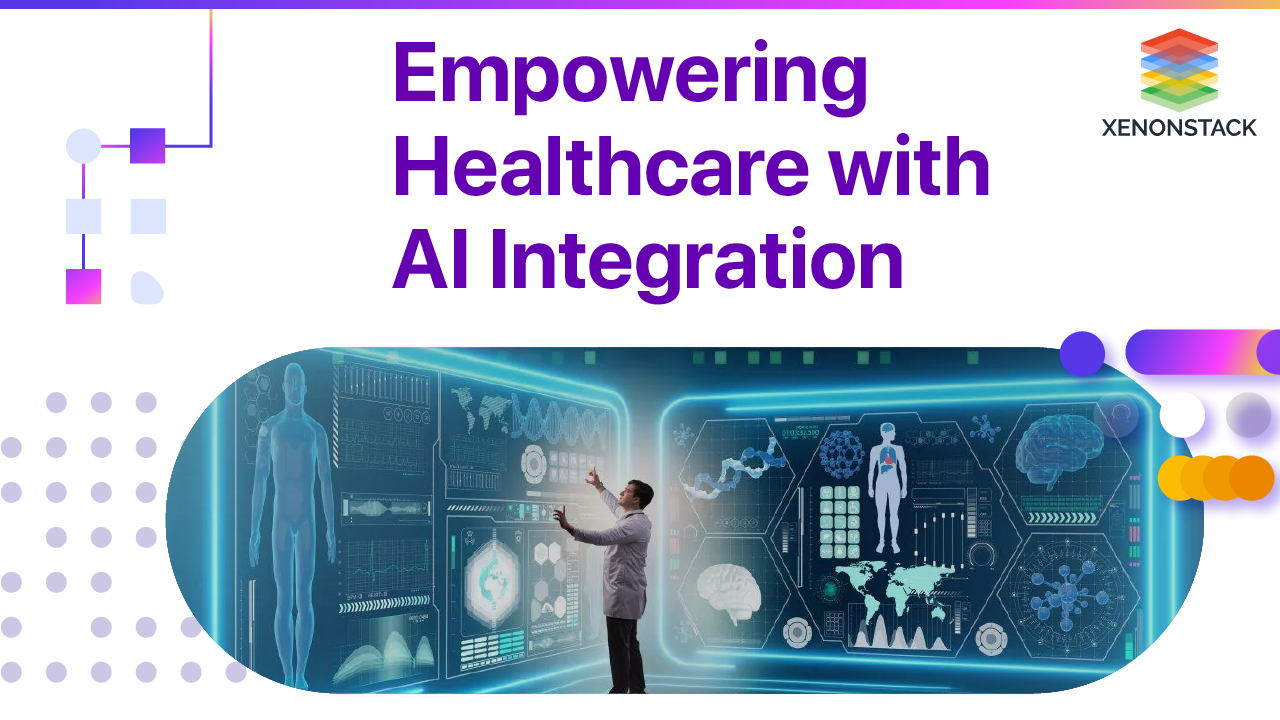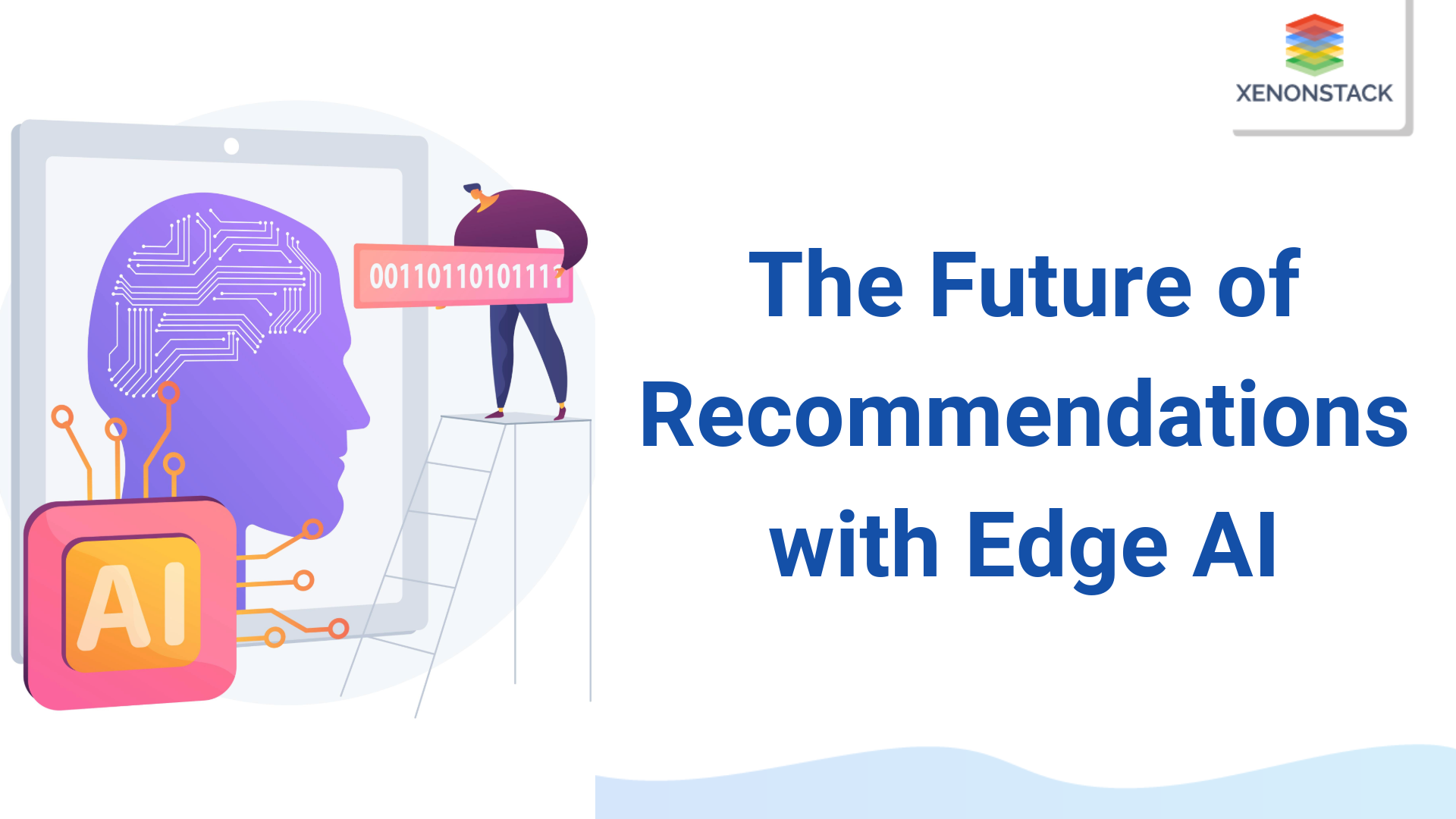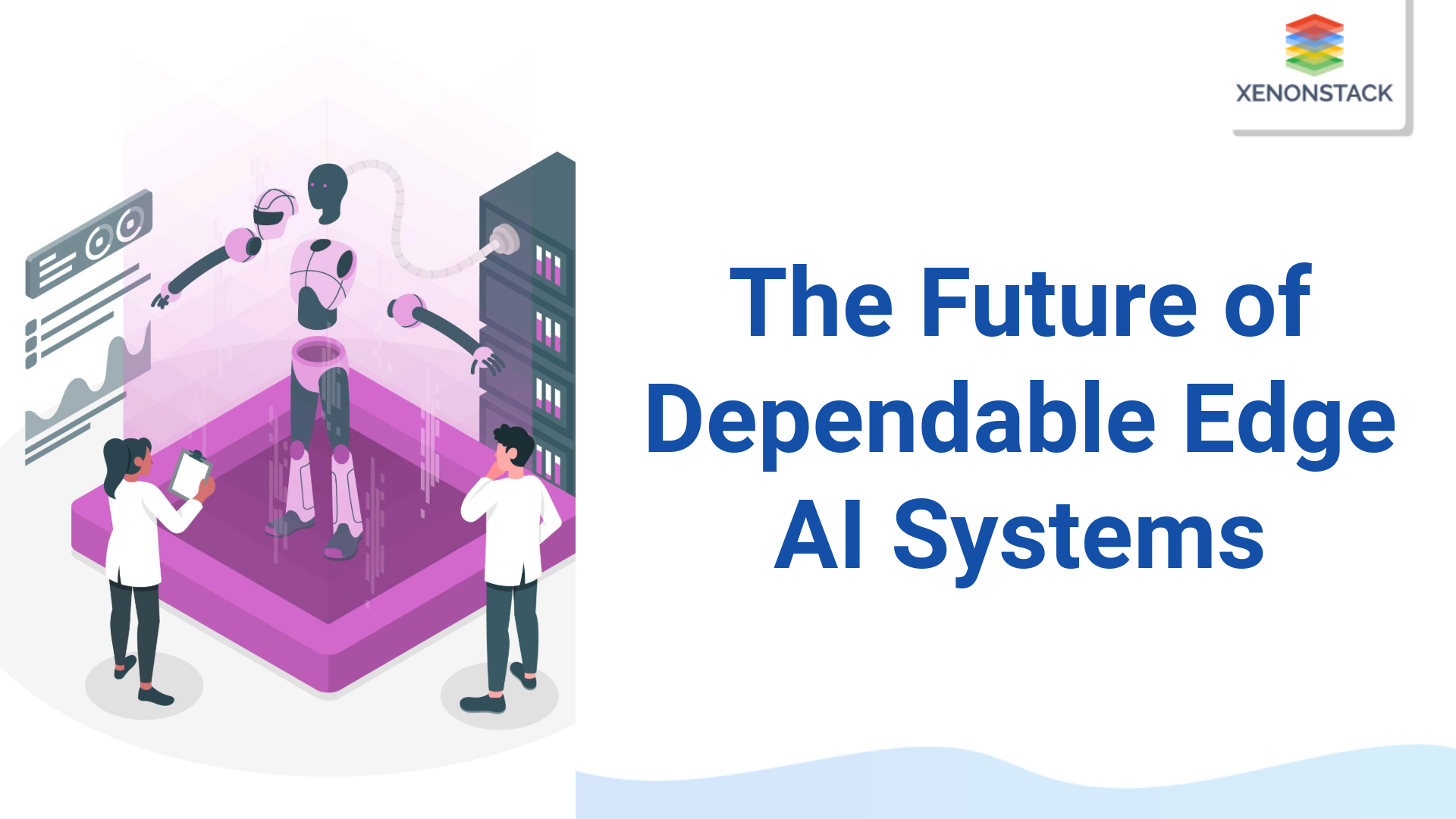
Introduction
Artificial intelligence (AI) has become integral to multiple aspects of life, including entertainment, commerce, transport and sports. Similarly, AI can assist personnel in the healthcare sector with various tasks, such as administrative workflow, clinical documentation, patient outreach, image analysis, medical device automation, and patient monitoring.
Accurate laboratory tests are crucial in healthcare as they aid in diagnosing, treating, monitoring, and preventing diseases. For example, when a patient presents with symptoms of diabetes, laboratory tests such as fasting blood glucose are conducted to confirm the diagnosis. These tests must be precise since an incorrect diagnosis could result in the patient receiving unnecessary or harmful treatments.
However, interpreting these test results correctly is as important as their accuracy. Misinterpretation can lead to medical errors. For example, if a doctor misreads elevated blood glucose levels due to a reporting error or misunderstanding, they might prescribe an incorrect insulin dose, potentially harming the patient.
The complexity of managing patient information increases as more treatments are administered. Consider a patient with a chronic condition like heart disease. Over years of treatment, their medical records have grown extensively, including numerous laboratory tests, imaging studies, and physician notes. This voluminous data can be challenging for clinicians, raising the risk of overlooking critical information, such as drug interactions or changes in disease markers.
Electronic health records (EHRs) solve this issue by organizing patient information into modules for easier access and interpretation. For instance, a cardiologist can quickly review a patient's history of cholesterol tests in a graphical format, making it easier to spot trends over time than sifting through tables of numbers. This graphical representation can help clinicians make informed decisions faster and more confidently. However, the effectiveness of graphs versus tables can vary based on the specific context and user preference.
In clinical practice, laboratory test results are rarely considered in isolation. They are integrated with other patient data for a holistic view. For example, a rise in a cancer patient's tumour marker levels, as indicated in the laboratory test results, may prompt a review of recent imaging studies and a reassessment of the current treatment plan. This integrated approach ensures that decisions are based on a comprehensive understanding of a patient's health status, illustrating the importance of accurate laboratory tests and effective management and interpretation of those results within the broader clinical context.
Improving Patient Safety via Test Result Management Strategies
Pathology and medical imaging are critical in diagnosing and treating patients effectively. However, patient safety can be compromised with proper follow-up on test results. For example, imagine a patient undergoing a series of tests for suspected cancer. The pathology report indicates a malignant tumour requiring immediate attention. However, due to communication breakdowns and unclear responsibilities, the healthcare team can review the report after some time, and the patient needs to be informed. The delay in diagnosis and treatment can lead to cancer advancing to a more severe stage, significantly impacting the patient's prognosis.
To prevent such scenarios, it's essential to have systems that ensure test results are communicated clearly and promptly. This can be achieved through Clear Communication, Defined Responsibilities, Strict Accountability and Patient Involvement.
Improving Patient Safety via Advanced Test Result Systems
Implementing electronic applications for managing test results aims to streamline the process, ensuring that results are promptly reviewed and acted upon, ultimately enhancing patient safety. Here it works with an example:
Imagine a patient being discharged from the hospital after a surgical procedure. Before her discharge, several tests were conducted to ensure she was recovering well. Traditionally, the results of these tests might come in after her discharge, requiring manual tracking and communication efforts to ensure her doctor reviews them. This process can be slow, and sometimes critical results must be addressed promptly.
With AI-based applications, the system automatically tracks these pending results as soon as results are available. The system alerts her clinician if a result is critical or requires immediate attention. For example, if the test shows an abnormally high white blood cell count, suggesting a possible infection, the system would immediately flag this to her healthcare provider.
This alert mechanism acts as a safety net, ensuring that critical information is not overlooked during or after the hospital discharge. Furthermore, the system documents when the alert was sent when the clinician reviewed the result, and what actions were taken. This documentation is crucial for accountability and for improving patient care processes.
Additionally, the system's ability to link sophisticated data helps identify patterns or trends in test results. For instance, if there's a noticeable increase in patients with a specific abnormal test result, the system can help identify this trend, prompting a review of hospital practices or patient treatments.
In this case, timely notification of her test results allows her healthcare provider to take immediate action, perhaps prescribing antibiotics to treat the suspected infection. This proactive approach minimizes the risk of complications and supports a safer, more effective patient care experience.
By leveraging technology to manage test results more efficiently, hospitals can ensure critical information is promptly reviewed and acted upon, significantly improving patient safety and care outcomes.
Leveraging GPT Models for Enhanced Healthcare Outcomes
Healthcare professionals are increasingly using a type of artificial intelligence called Generative Pre-trained Transformer (GPT) models to help them make better patient treatment decisions. These models are powerful because they can analyze large amounts of medical data quickly and accurately. Let's look at an example to understand how they work and why they're beneficial.
Imagine a doctor treating a patient with a complex heart condition. In the past, the doctor would rely on their knowledge and experience, along with standard tests, to diagnose the problem and decide on the best treatment. With a GPT model, the doctor can input the patient into the system, including symptoms, test results, and medical history. The GPT model then analyzes this data against vast medical datasets to identify patterns or conditions that might be similar. It can help the doctor diagnose the patient's condition more accurately and even predict how the condition might progress. This information is crucial for deciding on the most effective treatment plan, tailored specifically for the patient, which could lead to a better outcome.
These models are also making a significant impact in radiology. For example, radiologists examine X-rays or MRI scans for signs of disease or injury. This skill requires years of training and experience. However, GPT models can assist by analyzing the images and pointing out areas that need closer examination. This makes the diagnosis more accurate and speeds up the process, allowing patients to receive treatment sooner.
Navigating Generative Models' Challenges and Ethics in Healthcare
Integrating generative models into healthcare represents a groundbreaking advancement with the potential to transform the sector significantly. However, this journey is full of challenges and ethical considerations that necessitate careful deliberation. A paramount concern is the assurance of accuracy and reliability in AI-driven decisions, especially within critical medical scenarios. The inherent "black box" nature of some AI models, including generative models, underscores the need for enhanced transparency and explainability in healthcare AI systems.
Moreover, deploying these models touches upon sensitive areas such as data privacy, patient confidentiality, and potential biases within AI models. Given that these models interact with susceptible medical information, it is imperative to prioritize patient privacy and data security. Addressing these ethical considerations is essential not only for the ethical deployment of AI in healthcare but also for maintaining and fostering public trust in AI-enabled healthcare solutions.
Synthetic Data Generation
Using generative AI, Xenonstack, a technology firm, has developed a cutting-edge approach to creating synthetic patient records from healthcare data, specifically Electronic Health Records (EHRs). This technology ensures patient privacy and confidentiality while allowing healthcare professionals to use the data for research, education, and decision-making purposes.
The synthetic records created by Xenonstack's powered technology are designed to match the statistical properties of the original healthcare data, including rare cohorts and outliers. This allows healthcare specialists to gain a deeper understanding of diverse disease patterns and address any data bias that may have existed previously. By improving algorithmic fairness, the synthetic data layer helps to promote unbiased decision-making and equitable patient care.
Accessing healthcare data has challenged researchers and innovators due to privacy regulations and confidentiality concerns. However, the synthetic data layer created by Xenonstack significantly eases the process. This has resulted in more innovative approaches to patient care and improved outcomes.
Can We Trust Generative AI? Is It Clinically Safe and Reliable?
Trust and validation are crucial for successfully adopting generative AI in medicine and healthcare. However, ChatGPT responses have shown a vast and unpredictable variation in quality and accuracy. This unpredictability poses a significant challenge to the adoption of generative AI, as it is difficult to determine when to trust its responses and when not to, especially when the user needs more expertise to evaluate the accuracy and completeness of the reaction. For instance, ChatGPT has been known to invent and reference non-existent academic papers, a phenomenon called generative AI " hallucinations". It is an issue that can be mitigated using the Retrieval Augmented Generation (RAG) technique.
Moreover, the discussion of trust raises concerns about clinical safety and reliability. Addressing these issues is only possible once we need a medically trained and validated generative AI model. ChatGPT is not specifically medically trained; there is an interrelated issue of trust, safety, and reliability in its severe medical use by medically trained. I mean a model that has been extensively and specifically trained using a corpus of high-quality, evidence-based medical texts that sufficiently cover a particular medical area of specialization.
Conclusion
Generative AI in healthcare offers transformative potential but faces significant challenges and ethical considerations. Ensuring accuracy, transparency, and patient privacy are paramount. Advanced technologies like synthetic data generation and medically validated AI models hold promise for enhancing patient care while maintaining trust and safety. However, rigorous validation and adherence to ethical standards are essential for the successful integration of generative AI in healthcare.
-
Discover here about Predictive Analytics in Healthcare
-
Explore The Principles of Explainable AI in the Healthcare Industry




